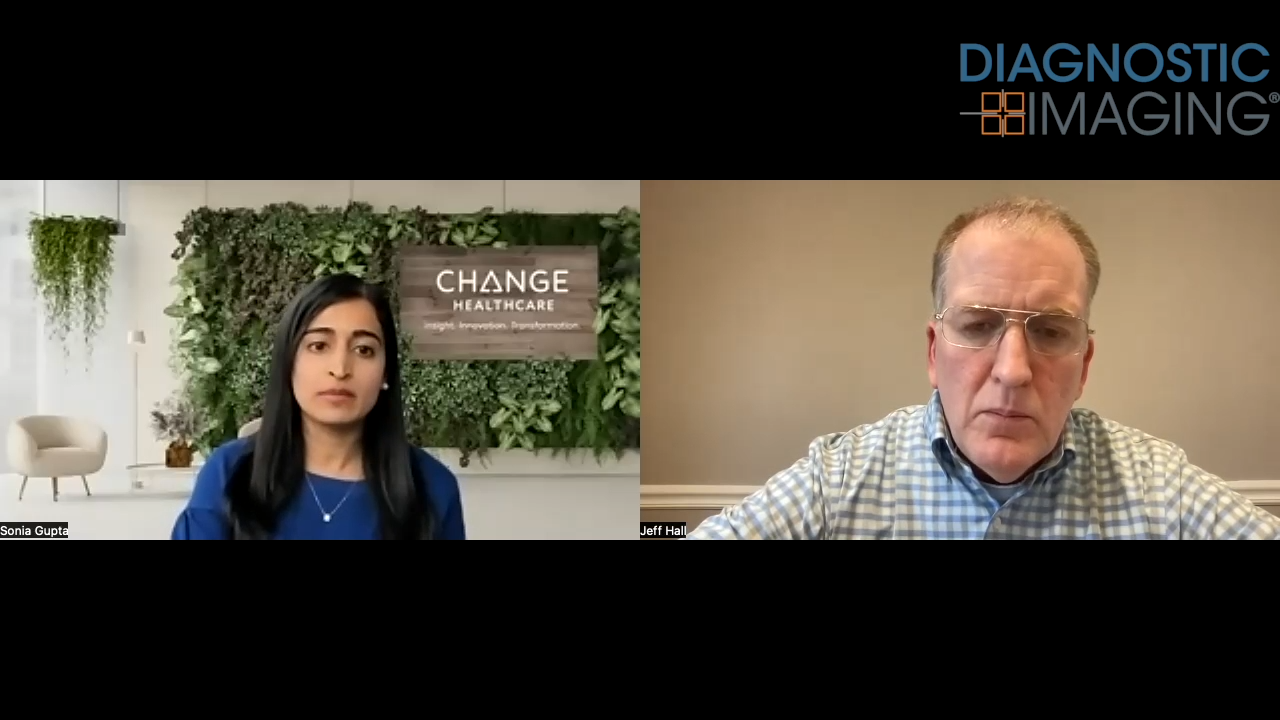Paper serves host of structured reporting benefits
Although many radiologists have resisted structured reporting, it offers numerous benefits ranging from better communication with referring physicians and faster report turnaround to data mining capabilities and integration with speech recognition, according to a recent paper.
Although many radiologists have resisted structured reporting, it offers numerous benefits ranging from better communication with referring physicians and faster report turnaround to data mining capabilities and integration with speech recognition, according to a recent paper.
The DICOM Structured Report standard introduced rules for encoding, transmission, and storage of radiology reports, facilitating their inclusion in electronic healthcare records. The paper documents 31 specific DICOM SR benefits (J Digit Imaging 2006;19(4):295-306).
Previous work has shown that referring clinicians prefer reports that facilitate complete documentation of information and measurements (AJR 2001;176:591-598).
"Structured reports are easier and faster to read, especially when important elements are highlighted," said Rita Noumeir, Ph.D., author of the JDI structured reporting study and a professor of electrical engineering at the Université du Québec.
The presence of a mass, for example, and its dimensions, position, and characteristics can be automatically displayed in bold for more effective communication to the reader, she said. Likewise, faster report turnaround can be achieved through elimination of the transcription step.
Noumeir has been involved with the Integrating the Healthcare Enterprise initiative since its inception.
"With structured input, radiologists can generate and verify reports in a single step, eliminating all wait times between steps," she said.
In structured reporting, every element of information is described by a code that can be unambiguously identified and processed by computer algorithms, facilitating data mining.
"Automatic searching for specific diagnoses can be useful in public surveillance," Noumeir said.
Structured input offers the same advantages as speech recognition. But, while it eliminates the transcription step, structured reporting does not suffer from the frequent error rates of speech recognition, Noumeir said.
"Structured reporting provides more accurate diagnosis coding, resulting in maximum reimbursement and fewer rejections," she said.
For the radiologist's interpretation to be structurally encoded, however, the structure needs to be entered by the radiologist at the interpretation step, introducing a major change in the interpretation process. This factor limits wider adoption of structured reporting.
Currently, many radiologists and transcriptionists have programmed text editor macros to gain advantage of predefined sections that are frequently repeated.
"Predefined text is a primitive and limited structured form that may contribute to more rapid report turnaround, but complete financial advantages, better service to referring physicians, better patient care, and better quality of life for radiologists are enabled only by a structured report," Noumeir said.
New Collaboration Offers Promise of Automating Prior Authorizations in Radiology with AI
March 26th 2025In addition to a variety of tools to promote radiology workflow efficiencies, the integration of the Gravity AI tools into the PowerServer RIS platform may reduce time-consuming prior authorizations to minutes for completion.
The Reading Room: Artificial Intelligence: What RSNA 2020 Offered, and What 2021 Could Bring
December 5th 2020Nina Kottler, M.D., chief medical officer of AI at Radiology Partners, discusses, during RSNA 2020, what new developments the annual meeting provided about these technologies, sessions to access, and what to expect in the coming year.










